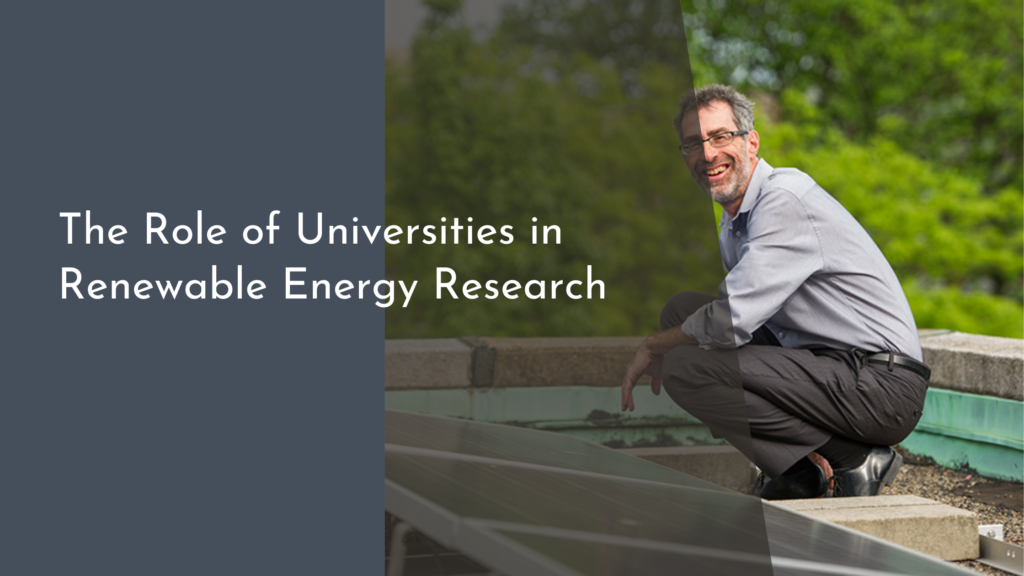The Role of Citizen Science in Sustainable Urban Planning
Citizen science is transforming the way we approach urban planning by harnessing the collective knowledge and insights of community members. As cities face increasing challenges related to population growth, environmental degradation, and social inequality, the integration of citizen science in planning processes offers innovative solutions that are both sustainable and inclusive. By engaging communities in data collection and decision-making, urban planners can create more resilient and adaptive cities that reflect the needs and aspirations of their inhabitants.
In this article, we will explore the vital role of citizen science in sustainable urban planning, highlighting how public participation can lead to better data collection, greener urban environments, and ultimately, more livable cities. By examining the contributions of citizens and the potential for collaboration between communities and urban planners, we can uncover the pathways towards a sustainable future.
Engaging Communities: Citizen Science in Urban Development
Citizen science encourages individuals from diverse backgrounds to participate actively in the decision-making processes that shape their urban environments. Through workshops, community meetings, and online platforms, urban planners are increasingly reaching out to residents to gather their input and insights. This engagement fosters a sense of ownership among community members, as they witness firsthand the impact of their contributions on local projects and policies.
Moreover, citizen science strengthens social cohesion and community ties. When individuals come together to work on urban issues—be it pollution tracking, green space enhancement, or transportation improvements—they develop relationships and networks that can lead to greater collaboration in the future. Engaging communities in urban development not only enhances the planning process but also cultivates a shared commitment to creating sustainable and vibrant cities.
Collecting Data Together: The Power of Public Participation
Public participation in data collection is one of the most significant advantages of citizen science. Citizens can provide invaluable information about their neighborhoods that may be overlooked by traditional data-gathering methods. For example, residents can report on air quality, noise levels, and even the presence of green spaces in their areas, helping to build a more comprehensive picture of urban living conditions.
In addition to enriching data sets, citizen-collected information often reflects the lived experiences of residents, leading to more targeted and relevant urban planning initiatives. This grassroots approach allows for a more nuanced understanding of local challenges, resulting in the design of interventions that are not only effective but also resonate with the community’s needs and desires. By leveraging the power of participation, urban planners can ensure that their strategies are grounded in real-world experiences.
Building Greener Cities: Insights from Citizen Contributions
Citizen science has the potential to profoundly influence the sustainability of urban environments. Contributions from community members often focus on environmental concerns such as green spaces, biodiversity, and pollution levels. By incorporating this input into planning processes, cities can prioritize initiatives that enhance ecological health, address climate change, and promote social equity.
For instance, citizen-led initiatives can lead to the creation of urban gardens, tree-planting programs, and sustainable transportation solutions. These projects not only beautify cities but also improve air quality, promote biodiversity, and provide essential ecosystem services. By acting on insights shared by citizens, urban planners can create greener, more sustainable urban landscapes that benefit both the environment and the people who call these cities home.
Future Cities: How Citizen Science Shapes Sustainable Planning
As we look towards the future, the role of citizen science in urban planning will only grow more significant. With the advent of technology and the increasing ability to collect and analyze data, communities are empowered to take an active role in shaping their urban environments. Mobile applications, social media, and online platforms enable citizens to report issues, share observations, and collaborate with urban planners in real-time.
This trend signals a shift towards more adaptive and responsive urban planning practices. As citizens become integral partners in the planning process, cities can evolve dynamically, reflecting the changing needs and aspirations of their populations. The inclusion of citizen science not only enhances the quality of urban decision-making but also fosters a culture of collaboration, making cities more adaptable and sustainable in the long run.
In conclusion, citizen science is revolutionizing the landscape of sustainable urban planning by fostering community engagement, enhancing data collection, and promoting greener initiatives. As cities continue to face complex challenges, the insights and contributions of their residents become invaluable assets in creating resilient urban environments. By embracing the principles of citizen science, urban planners can ensure that future cities are not only sustainable but also vibrant and inclusive spaces for all. Together, through collaboration and shared knowledge, we can build a brighter, greener future for urban living.

